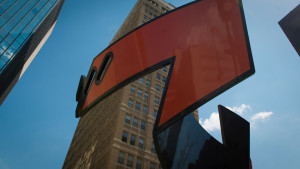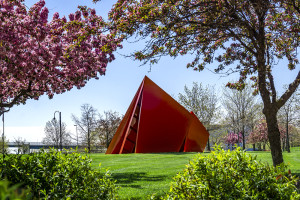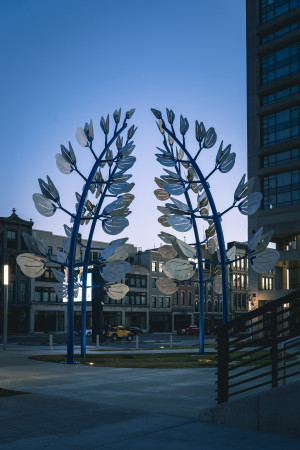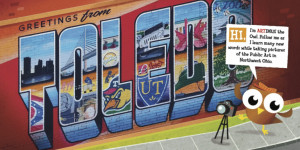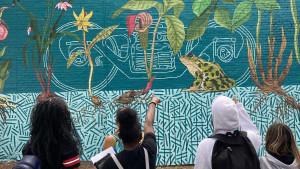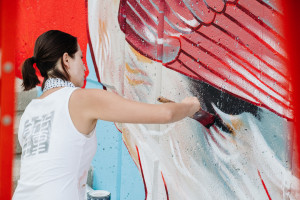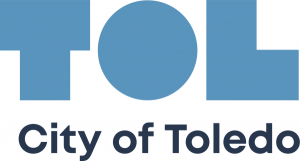Inspiring a Positive Sense of Place
Overview
Toledo, Ohio has an impressive collection of public art, with large-scale sculptures, murals, and functional structures by noted artists from across the country. Many of these pieces were acquired through the pioneering 1977 ordinance that set aside one percent of Toledo's Capital Improvement Budget for the purchase, conservation, and public education of art.
The program is administered by The Arts Commission through its Art in Public Places Program, which acquires, conserves and restores the collection. This administration also includes the education of the community related to the understanding and enjoyment of public art.
Toledo was the first city in Ohio to adopt a One Percent for Art program. The 1977 ordinance served as a model for Ohio's Percent for Art program, administered by the Ohio Arts Council, which began in 1990.
History
Founded in 1959 as the City Culture Commission, The Arts Commission compiled the city’s first comprehensive local arts calendar beginning in 1960. By the end of the decade, the organization was brought under the City’s Division of Parks, Recreation, and Forestry to aid in public art investments at Crosby Gardens (now Toledo Botanical Gardens).
In 1977 significant legislation passed that cemented The Arts Commission’s role in the community with the founding of the City of Toledo’s One Percent for Art program. Overseen by The Arts Commission’s Art in Public Places Committee, the program allocates a portion of City funds for public art. Toledo’s One Percent for Art program was the first in Ohio, among the first in the nation, and has since served as the adopted model for other regional agencies. It continues to this day and features an impressive collection of public art with work from more than 40 local, national, and international artists installed in nearly every neighborhood in the city.
